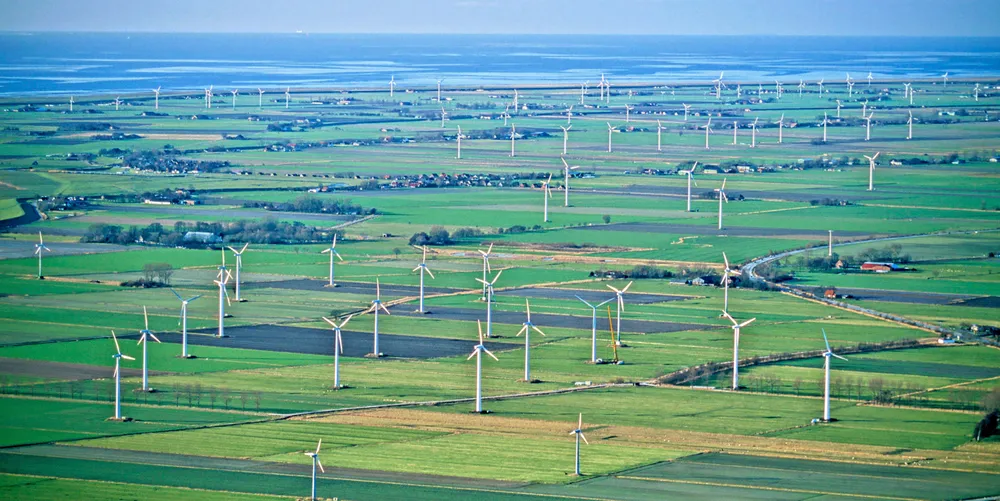Northvolt to tap into 'Germany's cleanest energy' for third battery gigafactory
Swedish storage specialist picks site north of Hamburg for 60GWh plant to churn out li-ion batteries for one million e-cars per year

Swedish storage specialist Northvolt intends to build its third lithium-ion battery gigafactory in the state of Schleswig-Holstein that is home to Germany’s cleanest energy grid thanks to an abundance of onshore and offshore wind power.
The factory in Heide north of Hamburg is slated to start output in late 2025 and have an annual production capacity of 60 gigawatt hours – enough to supply about one million electric cars with batteries.
“It matters how we produce a battery cell,” chief executive Peter Carlsson said.
“If you use coal in your production, you embed a fair amount of CO2 into your battery, but if we use clean energy, we can build a very sustainable product.
“Our philosophy is that new energy-intensive industries, such as battery manufacturing, should be established in actual geographical proximity to where the clean energy is produced.”
Sandwiched between the North and Baltic Seas, Schleswig-Holstein is one of Germany’s core wind states and has a renewable power generation that by far exceeds its electricity consumption.
The rather small state concentrates more than 7GW, or 12%, of the country’s overall onshore wind power capacity of 56GW, and leads Germany’s in wind energy penetration with 444 kW per square kilometres. It is also Germany's second-biggest offshore wind state.
Germany’s economics and climate minister Robert Habeck – a Schleswig-Holstein native – welcomed the more than 3,000 jobs the Northvolt Drei factory is slated to create and said it will contribute to strengthen e-mobility supply chains in Europe.
“The German government will therefore also provide substantial support for the project,” Habeck said.
“It is also evident that local renewable energies are now a decisive locational factor.”
The Heide gigafactory boosts Northvolt’s pipeline of battery manufacturing capacity under development to over 170GWh.
In addition to being centrally positioned in the emerging European battery supply chain connecting Scandinavia and continental Europe, the region also provides the space required to establish a battery plant of sufficient size to leverage the economies of scale in production which are key to reducing battery costs, the company said.
(Copyright)